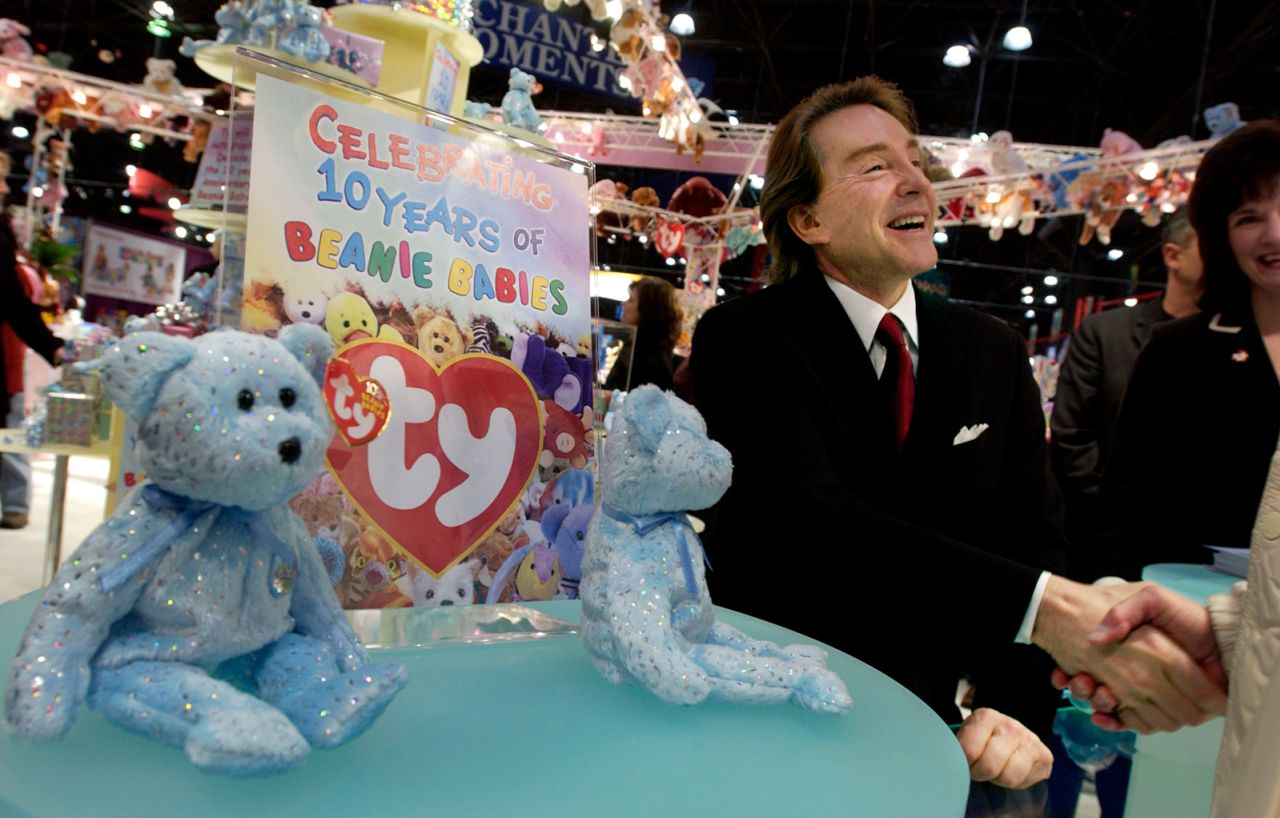In the 1990s, Beanie Baby emerged as a toy craze that captured the imagination of children and adults alike. These small, plush bean-filled toys, each bearing a heart-shaped swing tag. There are name, birthdate, and poem, gained immense popularity and even led to an investment frenzy. However, the bubble eventually burst, leaving collectors and investors with a valuable lesson about market dynamics.
Origin and Rise of Beanie Babies
Invented through Ty Warner, the primary Beanie Babies have been delivered in 1993 at a New York toy fair. Initially, they received limited attention, but Warner’s persistence led to the release of over 20 new designs in 1994. The toys gained massive popularity, becoming a cultural phenomenon. By 1998, a USA Weekend ballot found out that 64% of Americans owned as a minimum one Beanie Baby.
The Spark: Rarity and “Retirement” Strategy
What fueled the Beanie Baby frenzy was Ty Warner’s strategy of discontinuing or “retiring” characters at random, creating scarcity. This approach ignited a rush to acquire soon-to-be-extinct toys, driving up their perceived value. Collectors engaged in an underground black market, trading, bidding, and sometimes stealing the sought-after toys. A subculture of “dealers” and Beanie experts emerged, specializing in authentication, storage, and predicting valuable releases.
The Burst of the Beanie Bubble
The late 1990s marked the peak of the Beanie Baby bubble, with people investing heavily in the hope of future profits. However, the bubble eventually burst, leaving collectors with valuable insights. Several factors contributed to the bubble’s collapse, including market saturation, collectors growing out of the trend, and the give up of character “retirement” bulletins triggering excessive call for spikes.
Lessons Learned from the Beanie Baby Frenzy
While a few collectors made quick profits, most found their investments to be less valuable than expected. The Beanie Baby phenomenon serves as a cautionary tale about the risks of speculative fervor and overestimating the value of collectibles. The story of Beanie Babies teaches valuable lessons about the nature of market bubbles, the unpredictability of consumer trends, and the importance of informed investment decisions.
The Legacy and Continued Interest
Though the Beanie Baby bubble has burst, some rare and early releases maintain value among serious collectors. These specific Beanies, often pre-dating the addition of a star on the swing tag, are more likely to command high prices. Collectors continue to seek guidance on the value of their collections, but the overall market has cooled down considerably from its peak frenzy.
As a nostalgic reminder of a unique time in pop culture, Beanie Babies serve as a reminder that the allure of potential profit can sometimes cloud judgment. The Beanie Baby craze was, in many ways, a microcosm of speculative market behavior, capturing the spirit of the 1990s and leaving us with a story of both excitement and caution.
